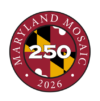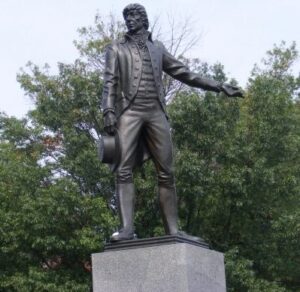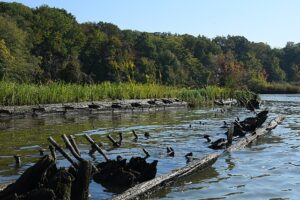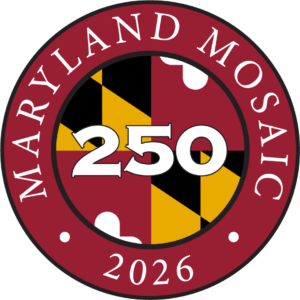Drawing on the bounty of the Chesapeake Bay, Crisfield, with a population of 25,000, becomes the 2nd largest and southernmost community in Maryland in 1904. It is the first U.S. community to build a nationwide market for its seafood and is calling itself “the Seafood Capital of the World.”
In 1866, U.S. Congressman John W. Crisfield (1806-1897) sees the seafood potential of the small town of Somers Cove and builds a branch of the Pennsylvania Railroad to the docks. Shipping canned and raw oysters on ice nationwide to meet the increased American taste for oysters, the community, renamed Crisfield, becomes a boom town. Much of the new development is said to be built on a half-mile long bed of oyster shells.
Baltimore is a major market as its canning industry thrives because of Chesapeake seafood. By the late 1900s, much of the town’s prosperity disappears as it is hit by several fires, storms and the declining health of the Bay’s oyster population.
In recent decades, Crisfield has maintained a tourist industry, marketing its seafood history with an emphasis on the reputation of the Maryland Blue Crab.






